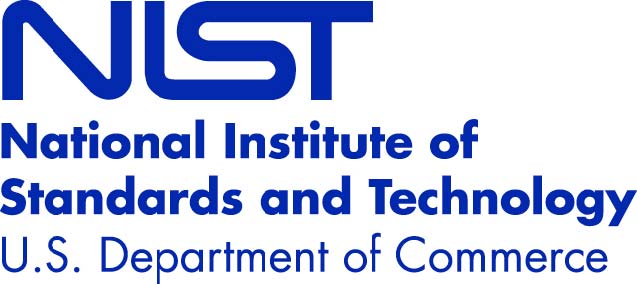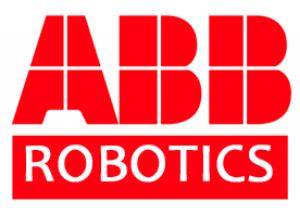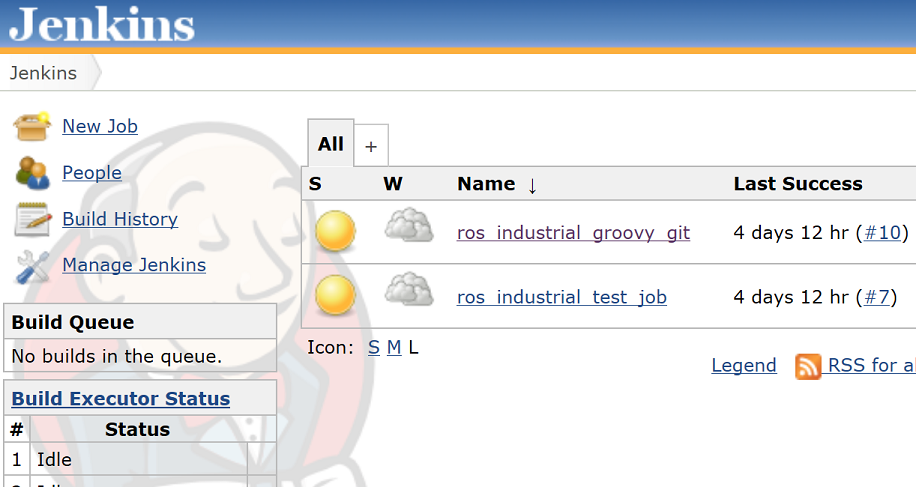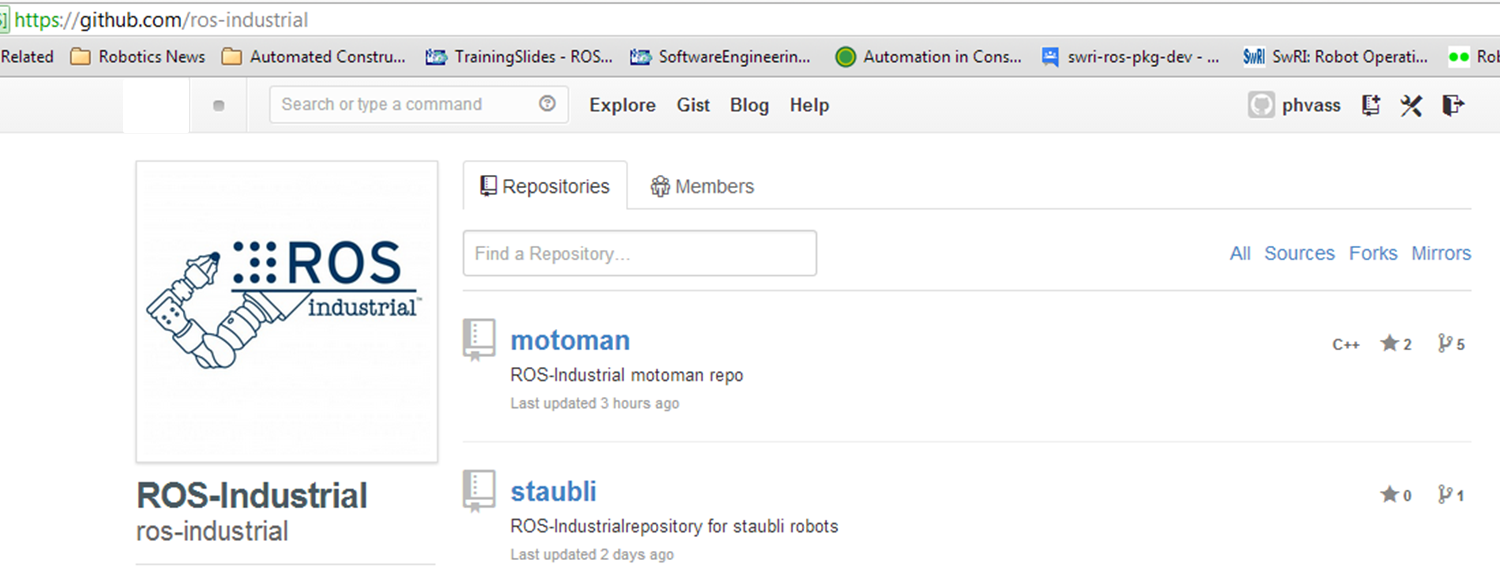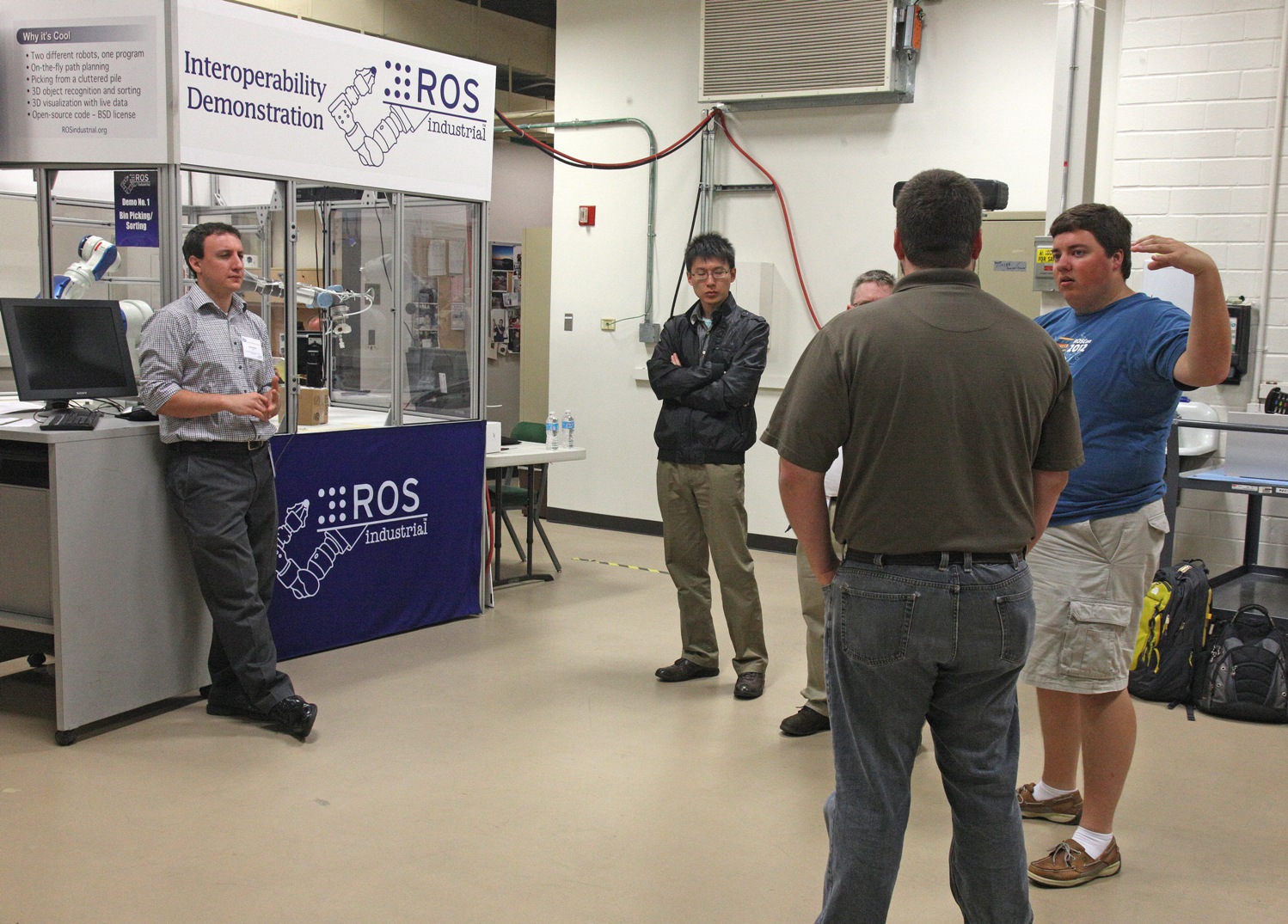UTARI: RIC Americas Member of the Week
/The University of Texas at Arlington Research Institute (UTARI) specializes in developing advanced, affordable technology to help humanity in the performance of dirty, dull, dangerous, or difficult tasks in the home, workplace, and community. Led by Lt. General Rick Lynch (U.S. Army, Ret.), UTARI’s focus on assistive technology is concentrated in the areas of Advanced Manufacturing, Biomedical Technologies, and Robotics.
UTARI researchers work to provide smarter, safer autonomous robotics to aid those with disabilities, such as the elderly or wounded warriors; enable high-efficiency, low-cost production and reduce waste and downtime in manufacturing; and promote wound prevention and healing, medical training, and faster, more accurate diagnostics through biomedical technology research and development.
UTARI is currently making extensive use of ROS across a wide variety of robotic platforms. In UTARI’s Living Laboratory, for example, they are currently using ROS on the PR2 platform in order to develop capabilities that assist people with and without disabilities in a typical home setting. In the Unmanned Systems Lab, they are currently using ROS on a variety of mobile ground and aerial platforms. In UTARI’s Assistive Robotics Lab, they are using ROS in systems such as the Kuka Youbot and Rethink Robotic’s Baxter robot.
UTARI was a participant in last year’s SwRI ROS-Industrial training and recently joined the ROS-I consortium. The University of Texas at Arlington Research Institute looks forward to its participation in the ROS-Industrial project.
Read more at www.uta.edu/utari.











